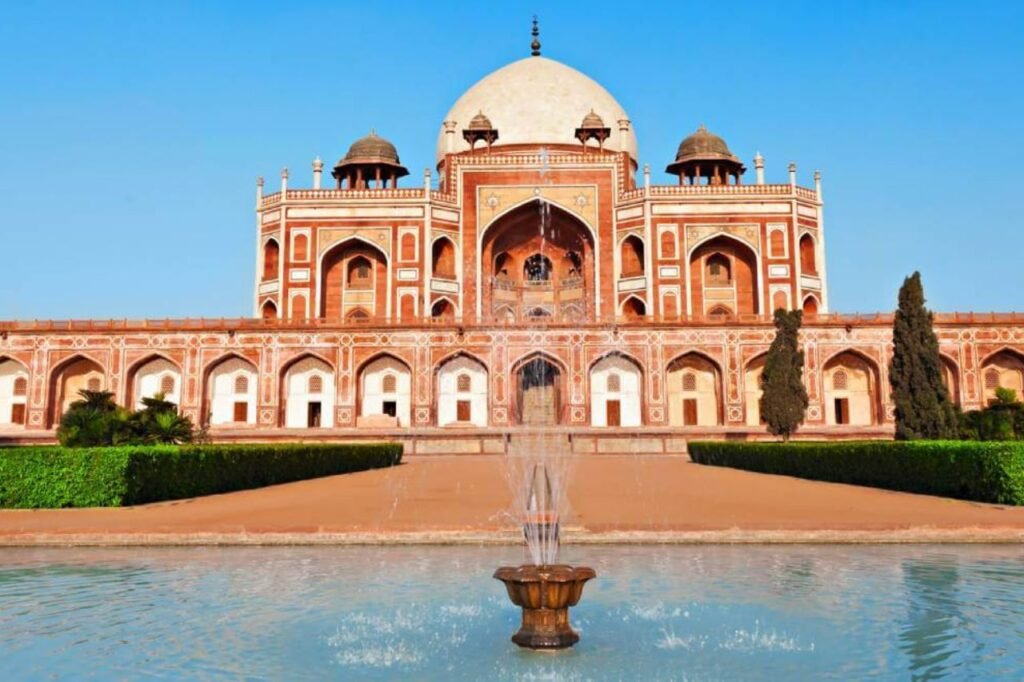Uttar Pradesh Pincodes
Enter the Pincode or Location Below in the Box
Pincodes of Uttar Pradesh
Uttar Pradesh, a vibrant state in northern India, is known for its rich cultural heritage and historical significance. Home to the iconic Taj Mahal, it’s a hub of diverse traditions and festivals. With its vast expanse, finding specific locations can be challenging, but Uttar Pradesh pincodes make it easier to navigate and explore this colorful region. Whether you’re sending mail or planning a visit, these pincodes are essential for a seamless experience in Uttar Pradesh.

Here is a list of Uttar Pradesh Pincodes
About Uttar Pradesh
Uttar Pradesh, often referred to as U.P., is a state in northern India known for its diverse culture and rich history. It’s one of the largest states in the country, both in terms of area and population. This state is divided into numerous districts, each with its own unique charm and significance. From the spiritual ghats of Varanasi to the historical grandeur of Agra, home to the Taj Mahal, each district contributes to the state’s multifaceted character. The districts are also known for their varied cuisine, colorful festivals, and vibrant handicrafts. Agriculture plays a vital role in the state’s economy, with districts contributing significantly to India’s agricultural output. Uttar Pradesh’s districts are not just administrative divisions; they are the heartbeats of the state’s cultural and historical legacy, making it a mosaic of traditions and stories waiting to be explored.
History:
Uttar Pradesh, in northern India, has a rich history stretching back to ancient times. It was part of the flourishing Indus Valley Civilization, one of the world’s earliest urban societies. Later, during the Vedic period, it became a significant center for Hinduism and Buddhism. Many historical figures from Hindu epics, like Lord Rama and Lord Krishna, are associated with this region.
As centuries passed, Uttar Pradesh witnessed the rise of great empires like the Maurya and Gupta dynasties, known for their cultural and artistic contributions. The region gained more prominence during the Mughal era, evident in its stunning architecture like the Taj Mahal.
The British East India Company’s control in the 18th century led to Uttar Pradesh’s vital role in India’s struggle for independence, notably in the First War of Indian Independence in 1857. After India became independent in 1947, Uttar Pradesh emerged as a key state, influencing the nation’s political and cultural landscape.
Geography:
Uttar Pradesh, located in the heart of northern India, is characterized by a diverse geographical landscape. The state is bordered by Nepal and the Indian states of Uttarakhand, Himachal Pradesh, Haryana, Delhi, Rajasthan, Madhya Pradesh, Chhattisgarh, Jharkhand, and Bihar. It spans a large area, making it one of India’s biggest states both in terms of land and population. The mighty Ganges, India’s most sacred river, flows through the state, providing essential water resources for agriculture and daily life. Uttar Pradesh experiences a distinct monsoon season, contributing to its rich agricultural land, which is a significant part of the state’s economy. The region is mostly flat, with the fertile Indo-Gangetic plain dominating most parts. However, the northern edge of the state is lined by the Himalayan foothills, adding a hilly, picturesque backdrop to the otherwise flat terrain. This diverse geography not only influences the state’s climate and agriculture but also its culture and lifestyle.
Demographics:
With over 200 million inhabitants, Uttar Pradesh ranks as one of the most populous regions in the world. The state is a melting pot of various cultures and religions, with Hinduism being the predominant faith, followed by Islam. Other religions, including Buddhism, Jainism, Sikhism, and Christianity, also have a presence, reflecting the state’s rich cultural tapestry.
The literacy rate in Uttar Pradesh has been improving steadily, with recent figures indicating it’s around 70%. This reflects ongoing efforts in education and social development. Hindi is the most widely spoken language, serving as the lingua franca for the majority of the population. In addition to Hindi, various regional languages and dialects like Awadhi, Bhojpuri, and Braj are spoken, highlighting the linguistic diversity of the state. These demographics not only represent the sheer number of people but also the cultural and social diversity that characterizes Uttar Pradesh.
Administration:
Uttar Pradesh, a large state in India, is divided into numerous districts, each with its unique identity. Some of the notable districts include:
- Lucknow: The capital city, known for its rich history and delicious cuisine.
- Agra: Famous worldwide for the Taj Mahal.
- Varanasi: One of the oldest inhabited cities, renowned for its spiritual significance.
- Allahabad (Prayagraj): Known for the confluence of three sacred rivers and the Kumbh Mela.
- Kanpur: An industrial hub with historical importance.
- Gorakhpur: Famous for the Gorakhnath Temple.
- Meerut: Known for its historical role in the 1857 revolt against British rule.
- Ghaziabad: A rapidly growing city near the national capital, Delhi.
- Bareilly: Famous for its cultural heritage and zari-zardozi craft.
- Mathura-Vrindavan: Revered as the birthplace of Lord Krishna.
